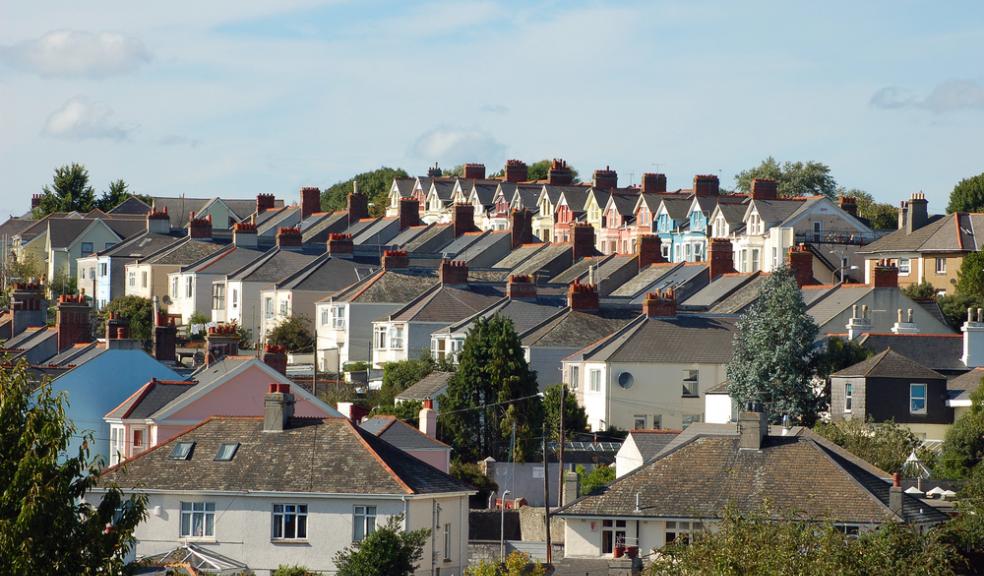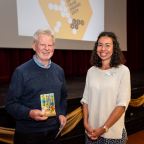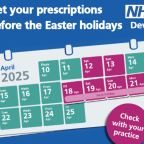
South West house sales hit highest level in over five years
The number of homes sold in the South West is at the highest level since February 2008 as the housing market recovery continues to gather pace, says the September Royal Institute of Chartered Surveyors (RICS) Residential Market Survey.
The average number of properties sold per chartered surveyor in the three months to September reached 19. Although still historically low, this figure is higher than the UK as a whole and demonstrates the extent to which the market is now picking up in the region.
In tandem with increasing numbers of sales, prices continued to grow in the South West with 46 percent more respondents reporting rises rather than falls - this is the highest figure since May 2004. Significantly, this growth was seen right across the UK. Last month, every part of the country saw prices go up, with the exception of the North East where prices fell modestly for the second successive month.
Unsurprisingly, with government schemes such as Help to Buy enabling more buyers to access the market, demand rose steadily during September as a net balance of 67 percent more surveyors reported rises in new buyer enquiries. The number of new instructions fell slightly in the region with 11 percent more respondents reporting rises rather than falls, potentially pushing prices up further in some areas.
Looking ahead, predictions for future growth are equally upbeat. A net balance of 47 percent more respondents expect the number of transactions to increase further over the coming three months, while 36 percent more predict prices to continue their push upwards.
Peter Bolton King, RICS Global Residential Director, said:
“It’s encouraging that the market is starting to improve in all parts of the country with more buyers looking to make a move and more sales going through. Even so, it’s a big concern that the supply of property coming to the market is lagging so far behind demand. This imbalance is likely to result in further upward pressure in prices over the coming months, particularly in the nation’s hotspots.”












